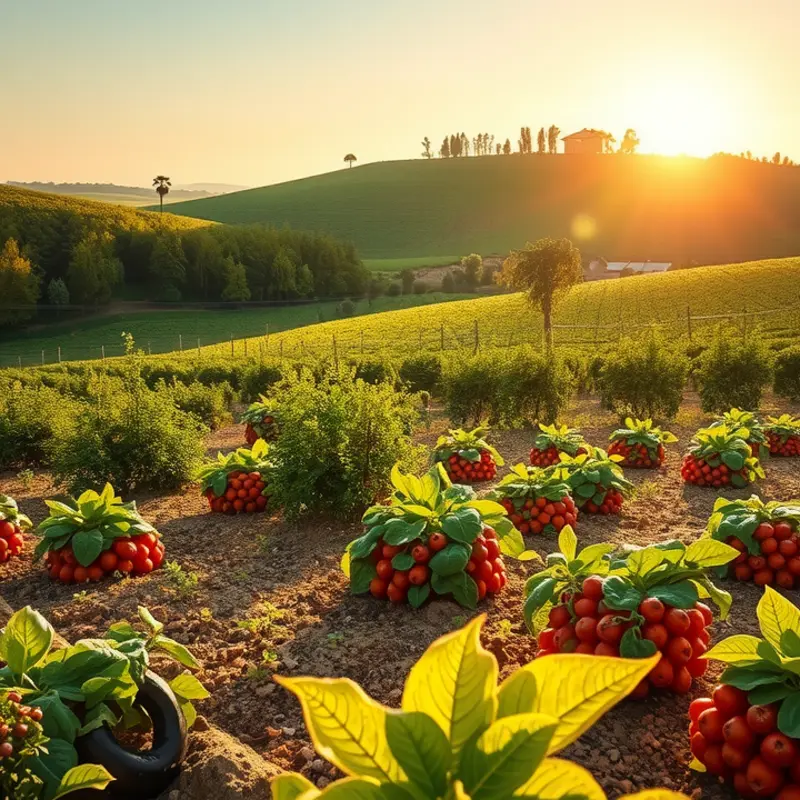Handling hot pans safely is crucial for every home cook, regardless of skill level. Whether you are searing meat, sautéing vegetables, or baking, understanding how to protect yourself from burns and accidents is essential. This guide provides simple, actionable tips designed to improve your kitchen safety and ensure a more enjoyable cooking experience.
Essential Tools for Safe Cooking

Cooking safely means preparing your kitchen with the right tools. Each piece of equipment not only aids in efficiency but also ensures a secure environment for handling hot pans. This chapter outlines crucial tools every home cook should have, combined with practical tips on their effective use.
1. Oven Mitts and Pot Holders
These are non-negotiable when dealing with hot pans. Look for mitts and holders that offer heat resistance and comfortable grip. Opt for materials like silicone or heavy-duty cotton with an inner lining for maximum protection. Ensure they’re always within arm’s reach when cooking.
2. Splatter Screens
Splatter screens prevent hot oil or sauce from jumping out of pans, which minimizes burns and keeps your stovetop clean. Use them while sautéing or frying to keep potential burns at bay.
3. Cast Iron Handle Covers
For those using cast iron pans, which can get exceedingly hot, handle covers are essential. They snap on the pan’s handle, offering heat protection while maintaining a firm grip.
4. Heat Resistant Utensils
Using metal or heat-resistant silicone utensils prevents damage from heat. Opt for utensils with long handles to keep a safe distance from heat sources. This is particularly useful for stirring or flipping food in deep pans.
5. Trivets
Trivets protect countertops and tables from scorch marks caused by hot pans. Place the pan on a trivet when moving it away from the heat source to prevent damage to your kitchen surfaces.
6. Temperature-Resistant Tongs
Tongs with insulated handles help flip or move hot foods safely. Ensure they are sturdy, with a good grip, to handle the weight and heat pressure.
Tip: Regularly check the condition of your safety tools for wear and tear. Replace damaged or worn-out items promptly to maintain efficacy. For a comprehensive guide on managing kitchen tools sustainably, explore Eco-Smart Kitchen Storage.
By equipping your kitchen with these essential tools and using them correctly, you not only enhance safety but also improve your culinary efficiency. Remember, even the most skilled cooks prioritize safety, ensuring a pleasant and injury-free cooking experience.
Techniques for Handling Hot Pans

Handling hot pans in the kitchen requires a blend of technique and caution to ensure safety and efficiency. First, mastering the proper lifting method is crucial. Always start by assessing the weight and temperature of the pan through a gentle touch with the back of your hand near the handle. If it’s safe, firmly grasp the handle, using your dominant hand for better control. This provides stability when moving the pan, reducing chances of accidental spills or drops.
Utilizing pot holders effectively is your next line of defense. Choose pot holders that fully cover your hand, ensuring there are no exposed areas. Avoid damp or wet holders, as the moisture can immediately conduct heat, leading to burns. Position the pot holder between your hand and the pan handle securely. Do not rush this process; ensuring the holder is well-adjusted can prevent mishaps.
It’s wise to adopt innovative tactics to minimize burn risk. For instance, always turn pan handles inward, away from the edge of your cooking area. This prevents accidental bumps and knocks. Additionally, use a helper handle or two hands, if available, for heavier pans. This distributes weight evenly, particularly crucial when transferring pans filled with hot liquids.
Efficiently managing hot pans also involves planning your kitchen layout. Designate a clear space to set down hot pans and clears a path free from obstacles. This space should be dry and sturdy, keeping the pan stable once placed.
Incorporating heat-resistant countertop mats or trivets can offer additional safety. These protect your surfaces and provide a non-slip option, ensuring the pan doesn’t slide unintentionally.
Lastly, consider using techniques that align with sustainable practices. Educate yourself about eco-smart kitchen storage tips to reduce waste without compromising safety or efficiency. This approach can enrich the overall cooking experience, enabling you to maintain a green kitchen while staying safe.
These methods may seem intricate at first, but with practice, they become second nature. Armed with these techniques, you can navigate the kitchen with confidence, ensuring your cooking adventures are as safe as they are delicious.
Final words
By prioritizing safety in your kitchen, you empower yourself to cook efficiently and confidently. The right tools and techniques significantly reduce the risk of burns and accidents, enabling you to focus on creating delicious meals. Remember, practice makes perfect, so take your time to master these essential skills and techniques. Happy cooking!







